London can feel massive and a little intimidating at first. Once I discovered how to get around, though, the city shrank right down.
The best way to get around London is by mastering the Tube, hopping on buses, and using an Oyster card or contactless payment for smooth travel. There’s a certain rhythm to public transport here, and when you catch it, every day just flows better.
I’ll never forget my first Underground ride—just me, the map, and a sense of panic at all those colorful lines. But after a few rides, I picked up tricks that made each trip faster and way less stressful.
Buses gave me a view of the city above ground, and learning about Oyster cards saved both money and time.
If you’re heading to London soon, or maybe sticking around a while, these tips come from my own adventures (and, honestly, a few missteps). Once you get the hang of things, getting from Buckingham Palace to Camden Market feels like a walk in the park.
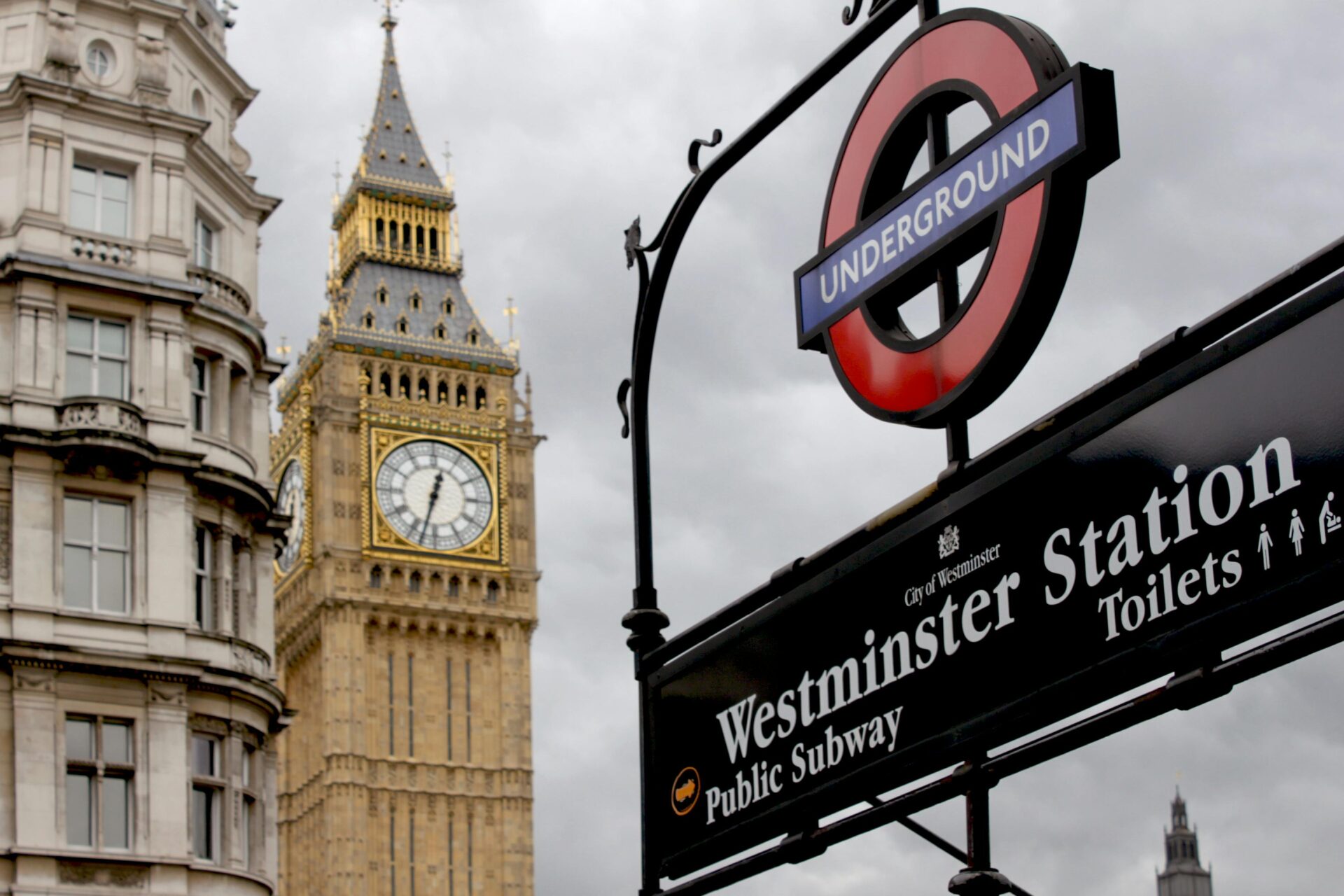
Mastering the Tube: Essential Tips for First-Time Riders
The Underground, or Tube, might look complicated at first glance. With a little planning, though, it becomes a quick, reliable way to zip across the city and dodge the worst of the crowds.
Understanding London Underground Lines
When I landed in London, all those Tube lines seemed impossible to remember. Each line has its own name and color—like the Central Line (red) or Piccadilly Line (dark blue).
Transport for London (TfL) runs all the lines. Most stations show these colors clearly on maps and on platform walls.
To keep on track, I always check the direction—trains go “Eastbound/Westbound” or “Northbound/Southbound” depending on the line. Platform signs list the last stop in that direction, so I double-check before hopping on.
Switching lines, or “interchanging,” is marked with signs that are easy to follow.
Trains arrive every 2-3 minutes during busy hours. Some lines even run all night on weekends.
Sensors track trains and power, so things usually stay on schedule.

Reading Tube Maps and Navigating Stations
The classic Tube map is honestly my best tool. It’s not to scale, but it’s super easy to read.
Lines are color-coded, and every stop has a dot and a station name. I grab a paper map at any station, but TfL also has free digital maps online.
Inside stations, I follow signs with line colors and directions. Escalators get busy; I always stand on the right and let folks rush past on the left.
It’s polite to let passengers off before boarding. “Way out” signs help me find exits, even in the busiest stations.
I also check electronic boards for the next train and any delays. These little screens use live data and are surprisingly handy.

Decoding Zones and Peak Travel Times
London’s split into nine zones, with Zone 1 right in the middle. Fares depend on how many zones you cross and what time you travel.
If I stay in Zone 1, it’s cheaper. Heading out to places like Heathrow in Zone 6 bumps up the fare. Oyster cards and contactless cards make tapping in and out a breeze—no paper tickets needed.
It’s smart to know about peak and off-peak times. Peak times are weekdays, 6:30–9:30 am and 4:00–7:00 pm. Fares jump, and trains get crowded.
Traveling outside those hours saves money and is less hectic.
If I get stuck, I just ask a TfL staff member. Help points at stations connect me to answers fast.
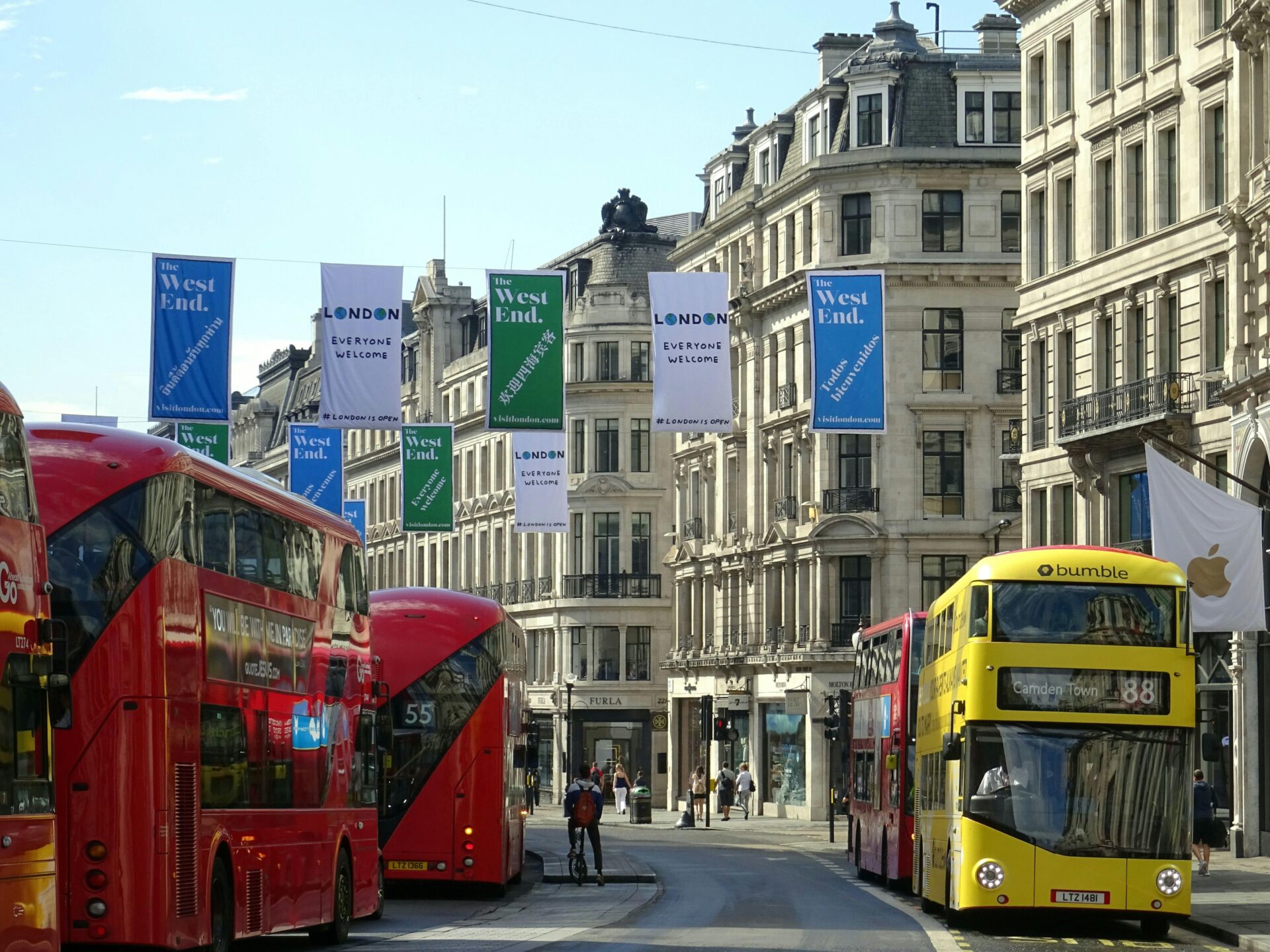
Oyster Cards and Contactless Payment: Making Your Journey Seamless
On my first London trip, I learned the difference between Oyster cards, Travelcards, and contactless payments. Figuring this out saved me a lot of hassle.
Whether I’m jumping on a double-decker or dashing through a Tube station, getting the payment right keeps things smooth.
How to Get and Top Up Your Oyster Card
I picked up my first Oyster card at Heathrow. They’re easy to find at any Tube station or at newsagents with a blue Oyster sign.
I paid a £5 deposit at the ticket machine or counter.
Topping up is simple. I use cash or my debit card at ticket machines or shops with the Oyster logo.
The machines let me add what I want, from £5 up to £90. I check my balance by touching the card to the yellow reader at the gates.
I also registered online with TfL and topped up from my phone when I wanted to skip the machines.
Contactless debit or credit cards don’t need topping up at all—one less thing to worry about.

Pay-As-You-Go vs. Travelcards: What Suits You Best?
I tried both pay-as-you-go and Travelcards. With pay-as-you-go, every tap in and out deducts the right fare from my Oyster or contactless card.
This works best if I’m only taking a few trips a day or traveling on different days.
A Travelcard gives unlimited rides in chosen zones for a set period—usually 7 days or a month.
I found Travelcards only saved me money when I rode the Tube and buses several times every single day.
For lighter travel, pay-as-you-go capped my daily spend, so I never paid more than a set amount.
Tip: Contactless cards offer a weekly fare cap—Oyster doesn’t—so sometimes contactless is cheaper for a week’s worth of rides.
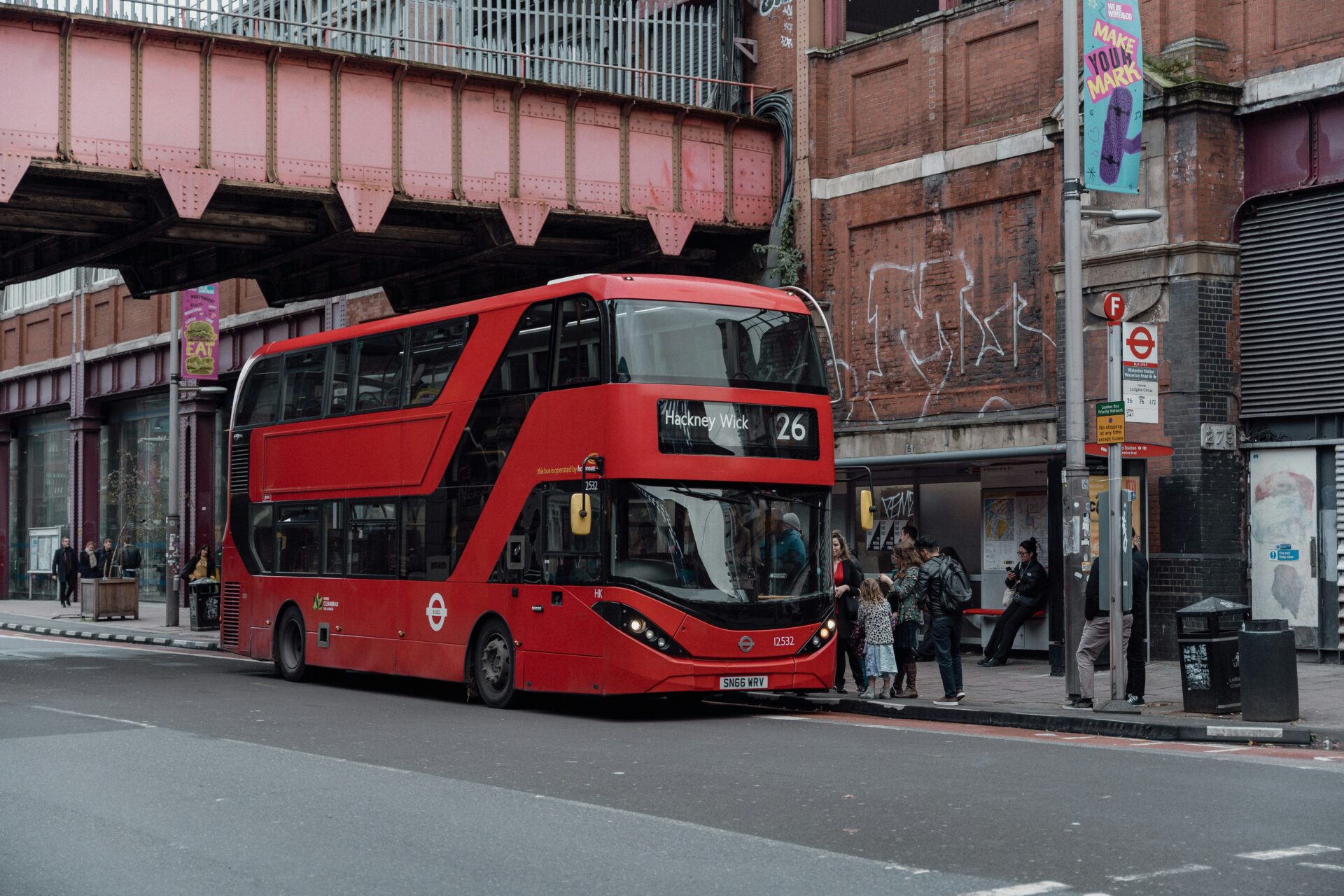
Contactless Payment Tips and Tricks
Contactless payment lets me use my normal debit or credit card right on the yellow Oyster readers. No need to buy or top up a separate card—just tap in and out with the same card or phone.
It’s quick and perfect when I don’t want to track balances or handle extra cards.
One thing: always use the same card or device for each trip. Switching between cards can confuse the system and might mean you get overcharged.
If I travel with friends or family, everyone needs their own card or phone—sharing doesn’t work.
For longer stays, I compare if a weekly fare cap or Travelcard saves more. Here’s a handy table I like:
| Feature | Oyster Card | Contactless Payment |
|---|---|---|
| Needs Top-Up? | Yes | No |
| Weekly Fare Cap | No | Yes |
| Useful for Tourists? | Yes | Yes |
| Registration Online? | Optional | Not needed |
These options really took the stress out of city travel and let me focus on exploring.
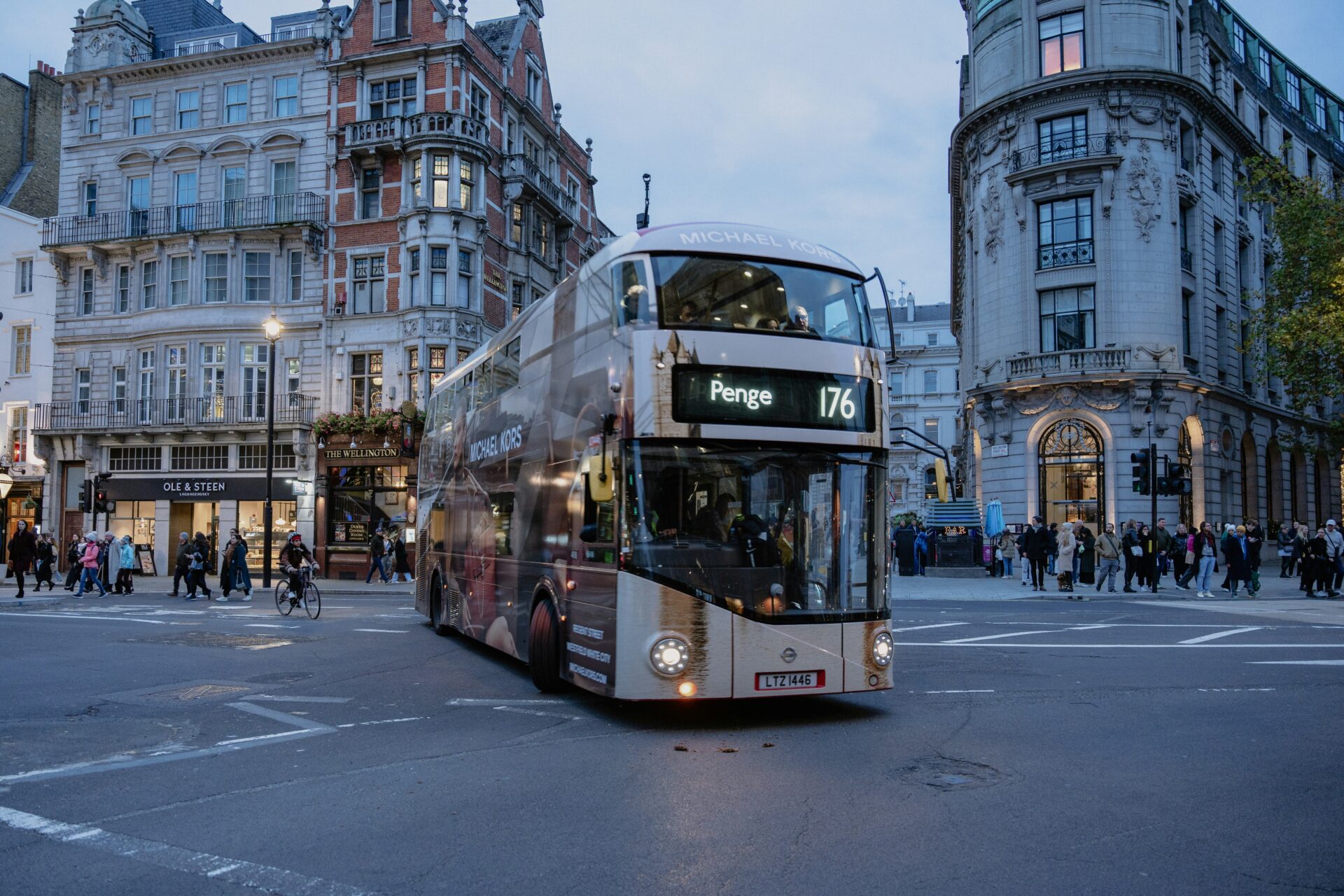
Riding London Buses Like a Local
London’s red buses aren’t just for tourists. I use them to get between neighborhoods and for everyday trips.
With a bit of practice, the buses save money and show me a different side of the city.
Finding and Using Bus Stops
Finding a London bus stop turned out to be easy once I knew what to spot. Most have red signs with a white roundel and the stop’s name.
Stops list route numbers and times, and some even have boards that show real-time arrivals.
I check the TfL Go app or Google Maps for quick info. When my bus comes, I stick my hand out—if you don’t signal, the bus might just drive by.
Cash isn’t accepted. I tap my Oyster card or contactless card on the yellow reader by the driver.
No need to tap out—just hop off when you reach your stop.
Buses are wheelchair accessible and have space for buggies and luggage. The lower deck is quieter, but for the best views, I grab a front seat upstairs.
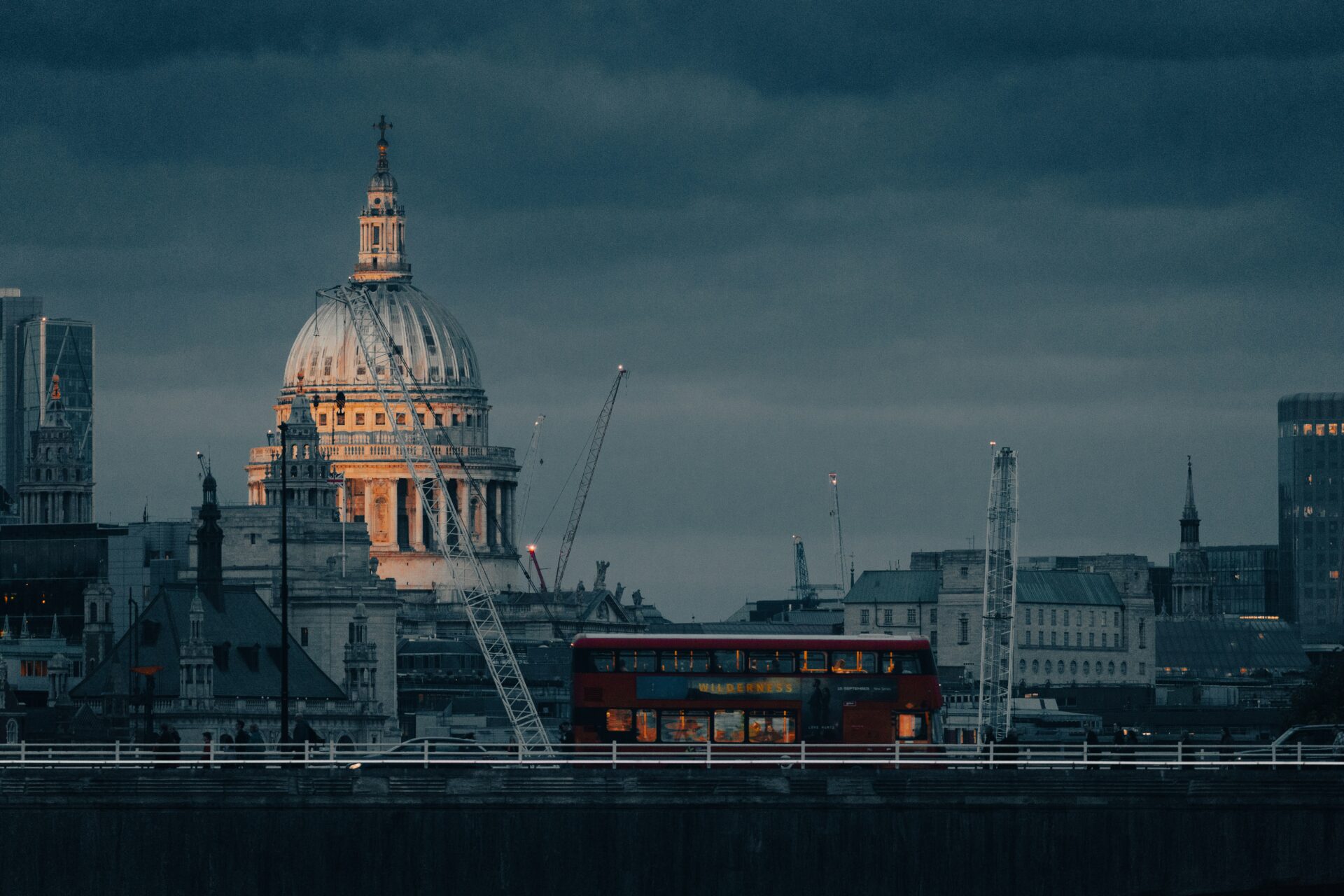
Planning Routes Through the City
Before I board, I plan my route to avoid confusion. I use journey planner apps or the TfL website for maps, schedules, and updates.
Buses use numbers, not names, so I always check the digital display for the route number and final destination.
Some routes change at night or weekends, so I double-check times if I’m traveling late.
The Hopper Fare lets me switch buses as much as I want within an hour for the price of a single fare, using Oyster or contactless.
I try to time my connections so I don’t pay more. Night buses (with an ‘N’) keep running after the Tube stops, which is handy for late nights.
Once I got used to it, the bus network felt a lot less daunting.
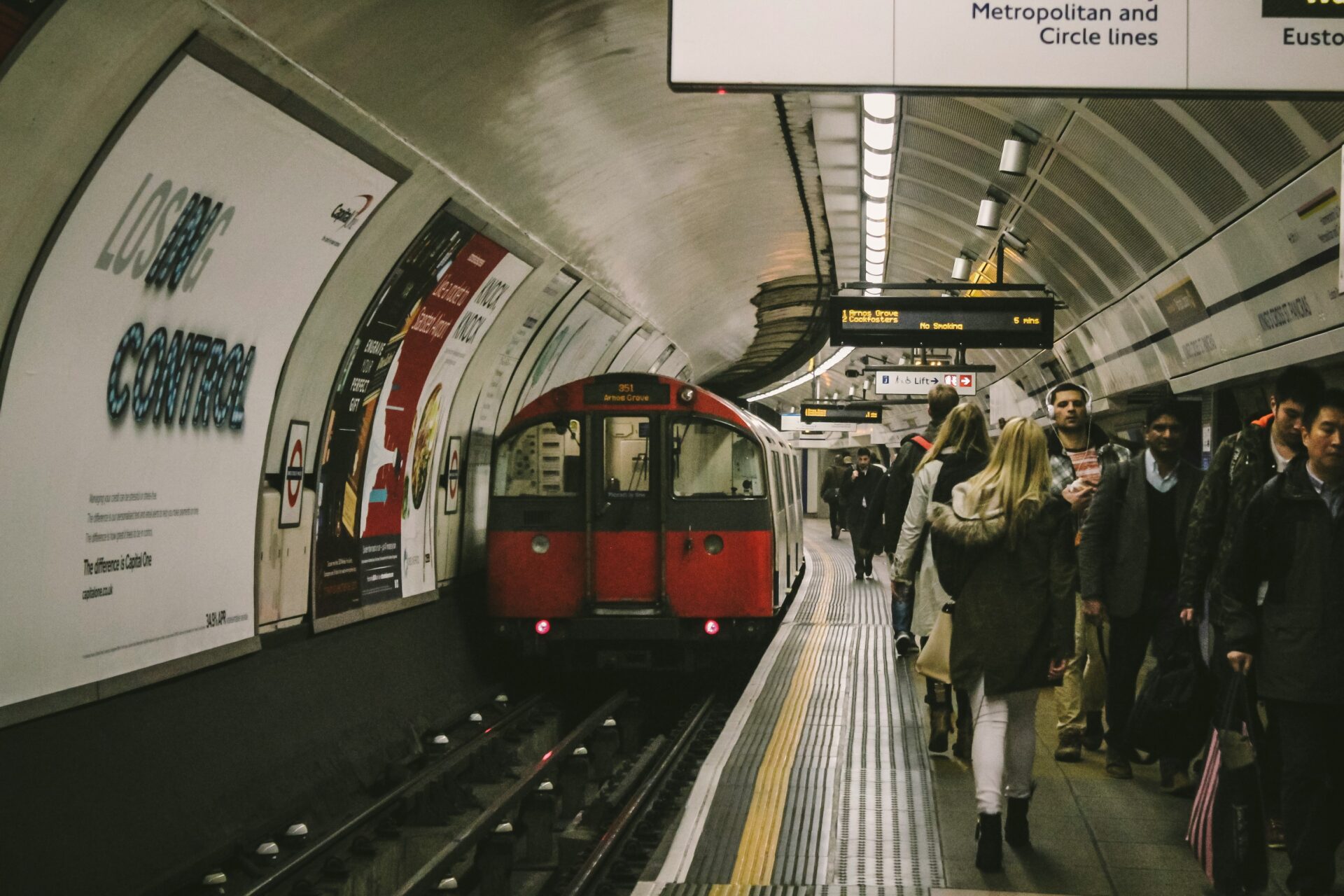
Must-Know Etiquette, Humor, and Local Insights
Getting around London isn’t just about knowing the map. The right etiquette—and a bit of humor—can make a crowded ride almost pleasant.
Tube and Bus Etiquette: Blending in With Locals
Standing on the right side of the escalator in Tube stations is crucial—people rush past on the left, especially during rush hour.
When I get on or off trains or buses, I always let others off first. Londoners expect it, and it keeps things moving.
Quiet is the norm. Most people read, listen to music, or just zone out. I keep my phone calls short and my voice down.
Headphones are a must, and I never play music or videos out loud.
Here are a few things I always do:
| Etiquette Tip | Why It Matters |
|---|---|
| Stand on the right | Keeps foot traffic moving |
| Let others off first | Eases congestion at doors |
| Mind your bag | Don’t block seats or aisles |
| Keep volume low | Respects everyone’s personal space |
| Have Oyster ready | Speeds up entry, avoids congestion |
Being prepared and aware of what’s happening around me helps me fit in and makes travel smoother.
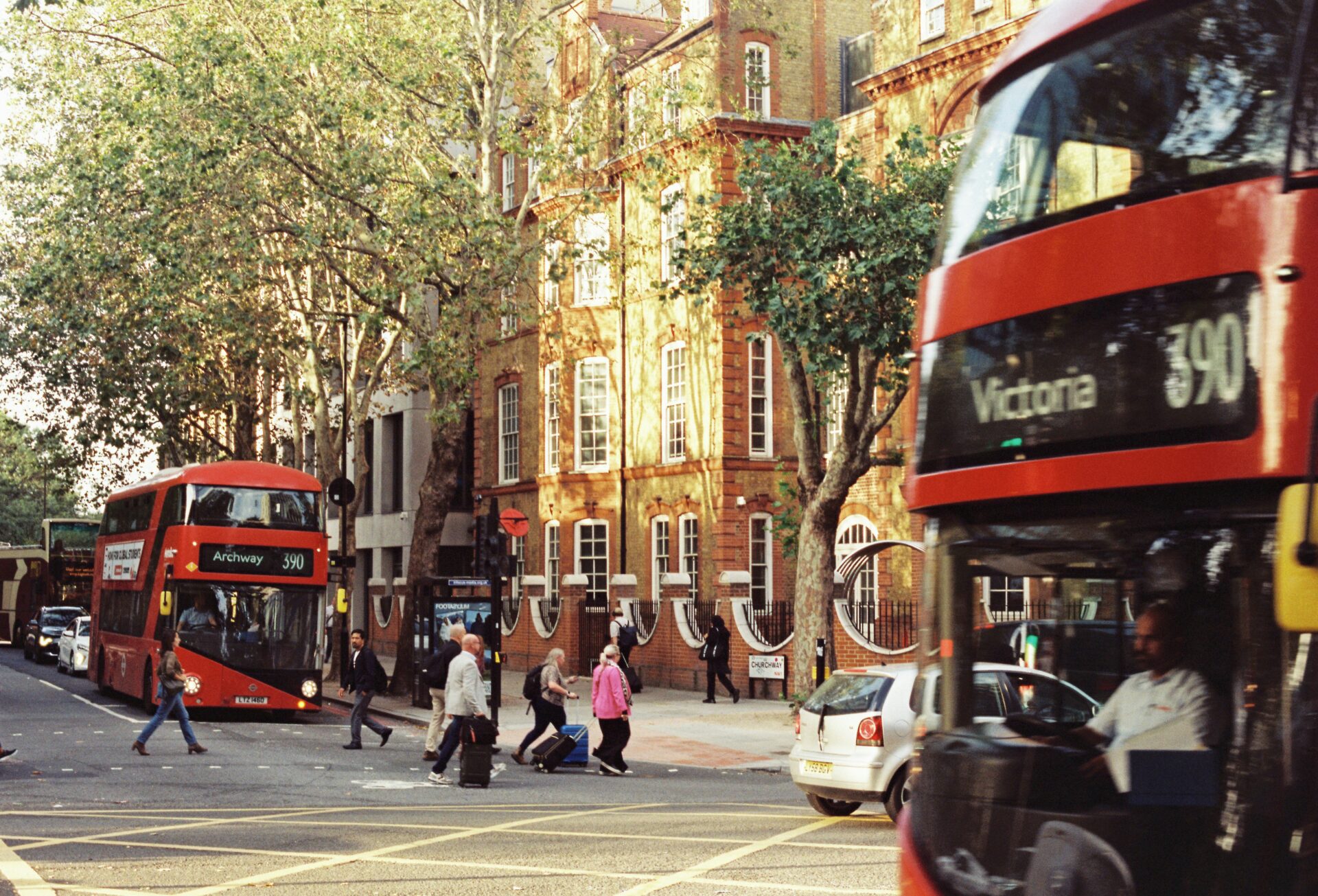
Adding a Touch of British Humor to Your Commute
London’s transport can be hectic, but a little British humor goes a long way.
Locals often use dry jokes or clever comments to handle delays and packed trains.
I’ve read funny poems or jokes on TfL posters that made me smile during slow journeys.
Sometimes, I joke about “rush hour yoga” when we’re all crammed in. A dry one-liner about the weather or a late train can lighten the mood.
A quick grin or a bit of eye contact—without overdoing it—can create a small sense of camaraderie.
Getting British humor right means being subtle. Sarcasm is gentle, never mean.
Joining in, when it feels right, can turn a dull commute into a shared moment.
Humor keeps me sane, especially when things don’t go as planned.

Making the Most of London’s Sights on Public Transport
Riding the Tube or jumping on a red bus isn’t just about getting from A to B. I’ve found it’s one of the best ways to see London’s famous sights, local hangouts, and classic eats—often faster than walking and definitely cheaper than a taxi.
From Tourist Attractions to Local Favorites
Every time I hop on public transport in London, I feel like sightseeing never really stops. On the Tube, the District and Jubilee lines zip me right up to the big icons—Tower of London, Big Ben, Buckingham Palace. I usually keep a map or an app open, just in case I spot a stop near a favorite museum, like the British Museum at Tottenham Court Road or the Tate Modern at Southwark.
Buses give me a whole different vibe. If I snag a seat upstairs on a double-decker 24 or 11, I get to watch Trafalgar Square, Westminster Abbey, and even Kensington Palace roll by. Unlike the Underground, buses let me actually see the city outside my window. It’s basically a tourist tour, but for the price of a bus ticket.
When I want to check out local favorites, I usually head to neighborhoods like Shoreditch (Overground to Shoreditch High Street) or Camden Market (Northern Line to Camden Town). These spots are buzzing with life and easy to reach. I try to travel off-peak, since it’s less crowded and honestly just more fun.
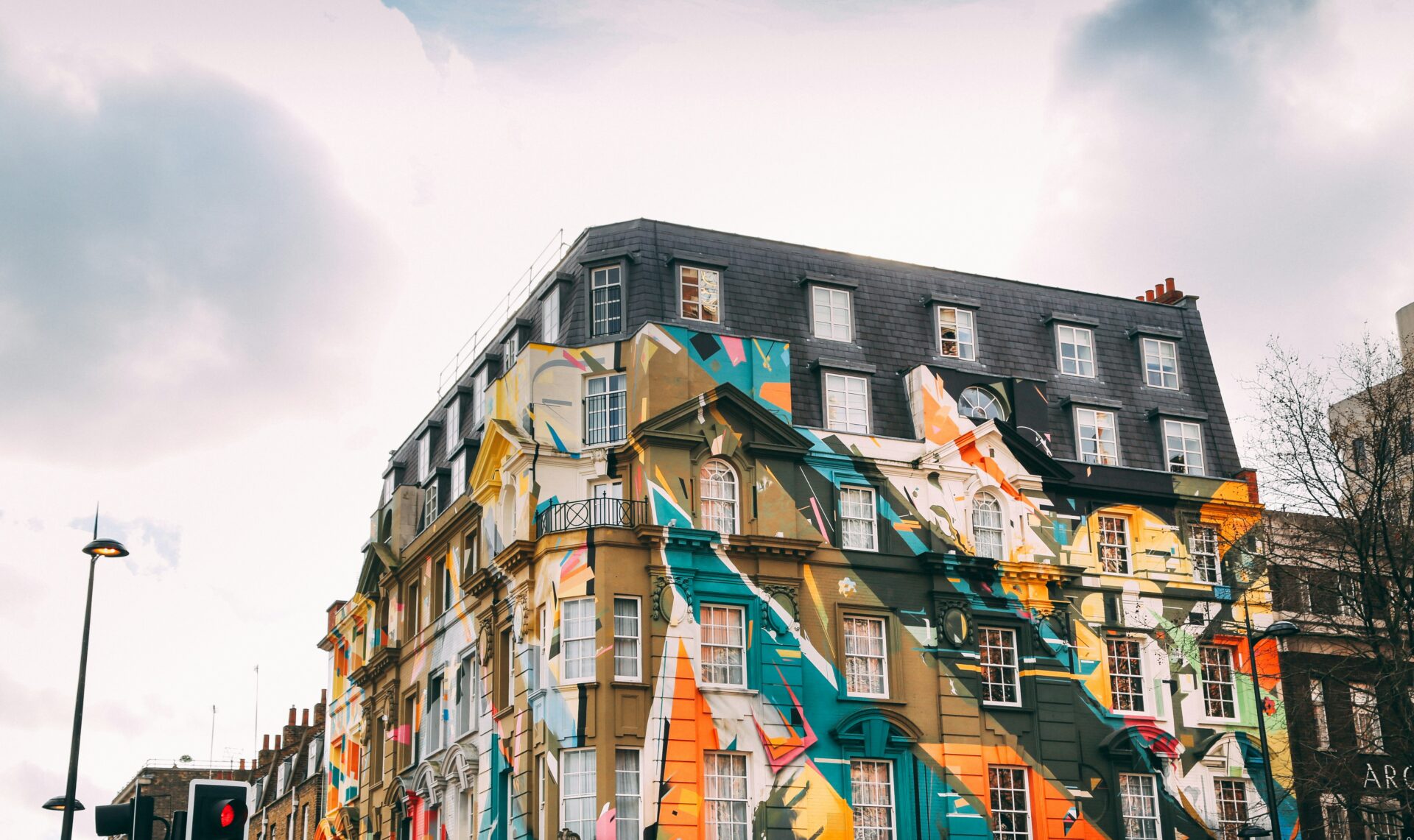
Exploring Hyde Park, Borough Market, and More
Here’s one of my top tips: some of London’s best green spaces and markets sit just steps from major transport stops. For Hyde Park, I take the Central Line to Marble Arch or Lancaster Gate. Within minutes, I’m surrounded by trees and a bit of peace—so nice after a packed day in the city.
Borough Market is a personal favorite for food and local flavor. I jump off at London Bridge Station and, a few minutes later, I’m wandering among stalls filled with fresh produce, baked treats, and street food. I love chatting with the market stall owners or just grabbing a snack to go.
Markets really come alive around midday. With all the bus and Tube links, getting there is a breeze.
I also like checking out historic Greenwich Market (DLR to Cutty Sark) and the flower stalls on Columbia Road (Overground to Hoxton). Both are quick trips and easy to fit into a busy London visit.
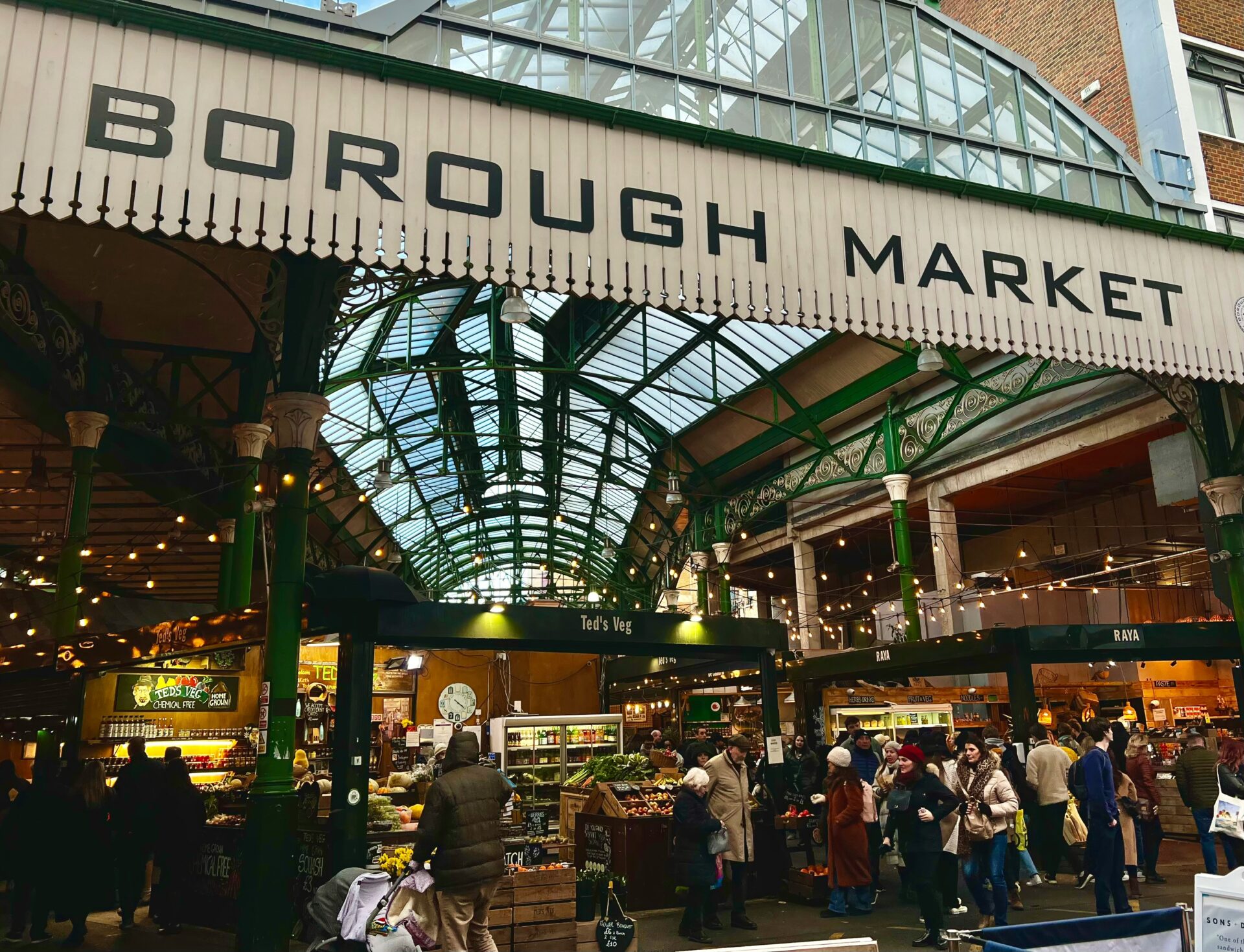
Food Stops: Fish and Chips, Tea, and Beyond
If I’m being honest, I plan my routes around food stops. Fish and chips shops are everywhere, but Poppies near Camden Market and The Golden Hind near Bond Street Tube always hit the spot for hot, crispy portions. If the weather’s decent, I’ll grab a takeaway and eat outside.
For tea, I usually stop by a cozy café near Hyde Park or hunt down a sit-down spot like Fortnum & Mason (Piccadilly Circus). Public transport makes it easy to pop between neighborhoods, testing out different scones—sometimes buttery, sometimes fruity.
Here’s a quick list I keep handy:
| Food Spot | Closest Station | Specialty |
|---|---|---|
| Poppies | Camden Town | Fish & Chips |
| Fortnum & Mason | Piccadilly Circus | Afternoon Tea |
| Borough Market | London Bridge | Street Food & Tea |
| The Golden Hind | Bond Street | Fish & Chips |
Whether I’m stopping for hot chips, sipping real English tea, or just grabbing a quick bite in a food market, I try to make every food break part of the adventure.
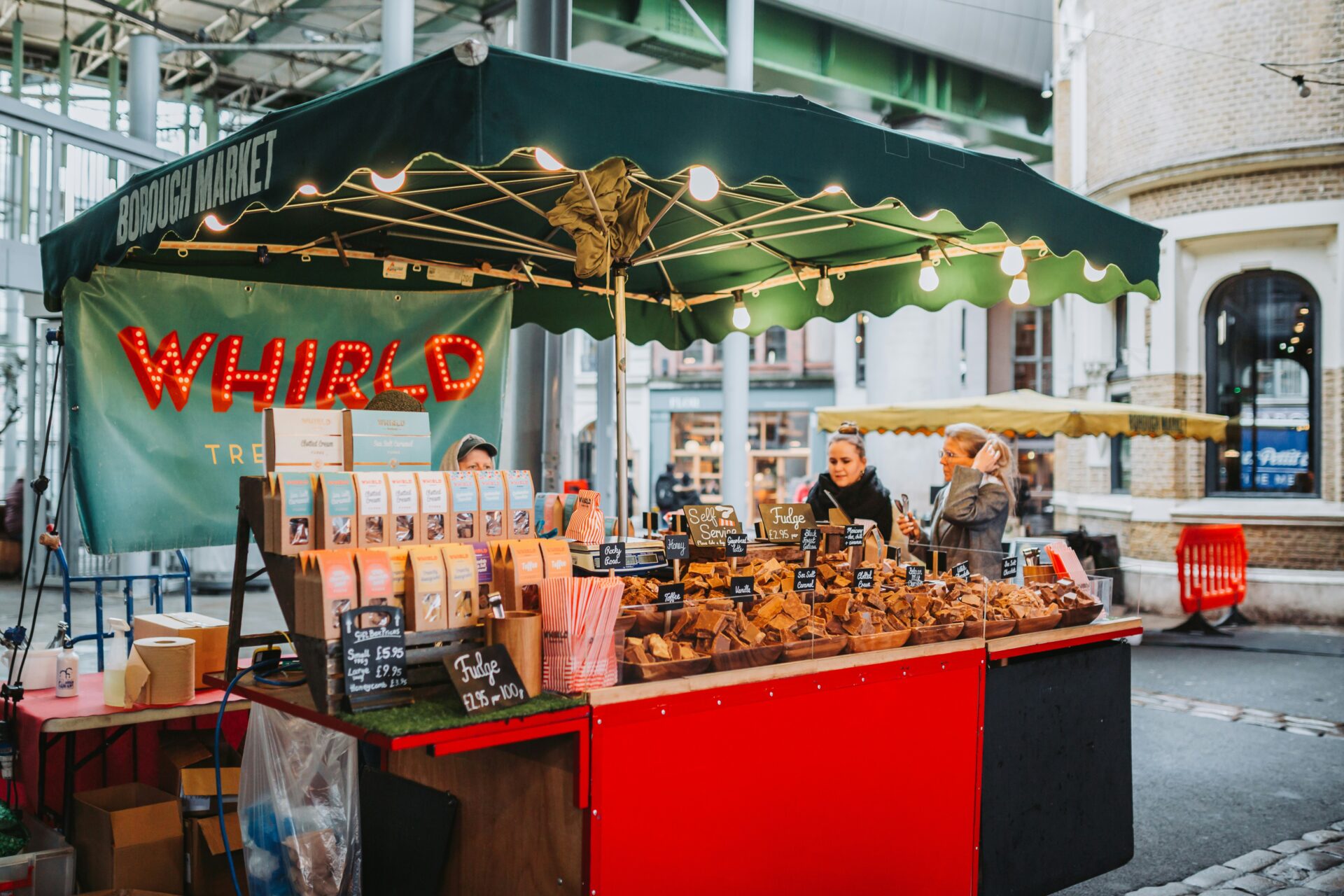
Day Trips and Family Adventures Beyond the City
Taking family day trips from London opens up a whole world of historic sights and beautiful towns. Planning ahead helps me avoid confusion, save a bit of money, and keep things running smoothly—especially when I’ve got kids along for the ride.
Visiting Oxford, Cambridge, Bath, and Windsor by Public Transport
I usually pick trains or coaches to explore places like Oxford, Cambridge, Bath, and Windsor.
Oxford and Cambridge are university towns packed with museums, gardens, and walking tours. Each is about an hour from London by train. Trains run often from Paddington (for Oxford) and King’s Cross or Liverpool Street (for Cambridge). I always book tickets in advance to save money. If I’m traveling with kids, I pack snacks since the ride can feel longer for them.
Bath takes a little longer—about 90 minutes—but the Roman Baths and the Georgian architecture make the trip worth it. Trains head out from Paddington station. Windsor is even closer, just 30 minutes from Paddington or Waterloo, and of course Windsor Castle is the main draw. Buses work for these towns too, but they’re slower than the trains.
When I leave London, my Oyster card usually stops working past certain rail zones. For these trips, I buy paper tickets or book online on my phone. I always check return times, especially on weekends, since late trains can get crowded.

Practical Tips for Traveling With Family
Traveling with family means I plan for comfort and flexibility. I always check for child discounts—kids under 11 ride buses and the Tube free with an adult in London, but most national trains want a child ticket.
Packing light really helps. I keep a backpack with essentials: snacks, wipes, tissues, and something to keep everyone entertained. I try to sit close to train doors for a quick exit, especially if I’ve got a stroller.
Most trains and big stations have restrooms, but they can get busy fast. I warn the kids what to expect, and I keep a couple coins handy since some station loos charge a little fee. If I can, I book family seats or tables for more space.
Once I’m off the train, walking is usually the easiest way to explore towns like Bath or Windsor. I mix up paper maps and my phone’s GPS so I don’t get lost.
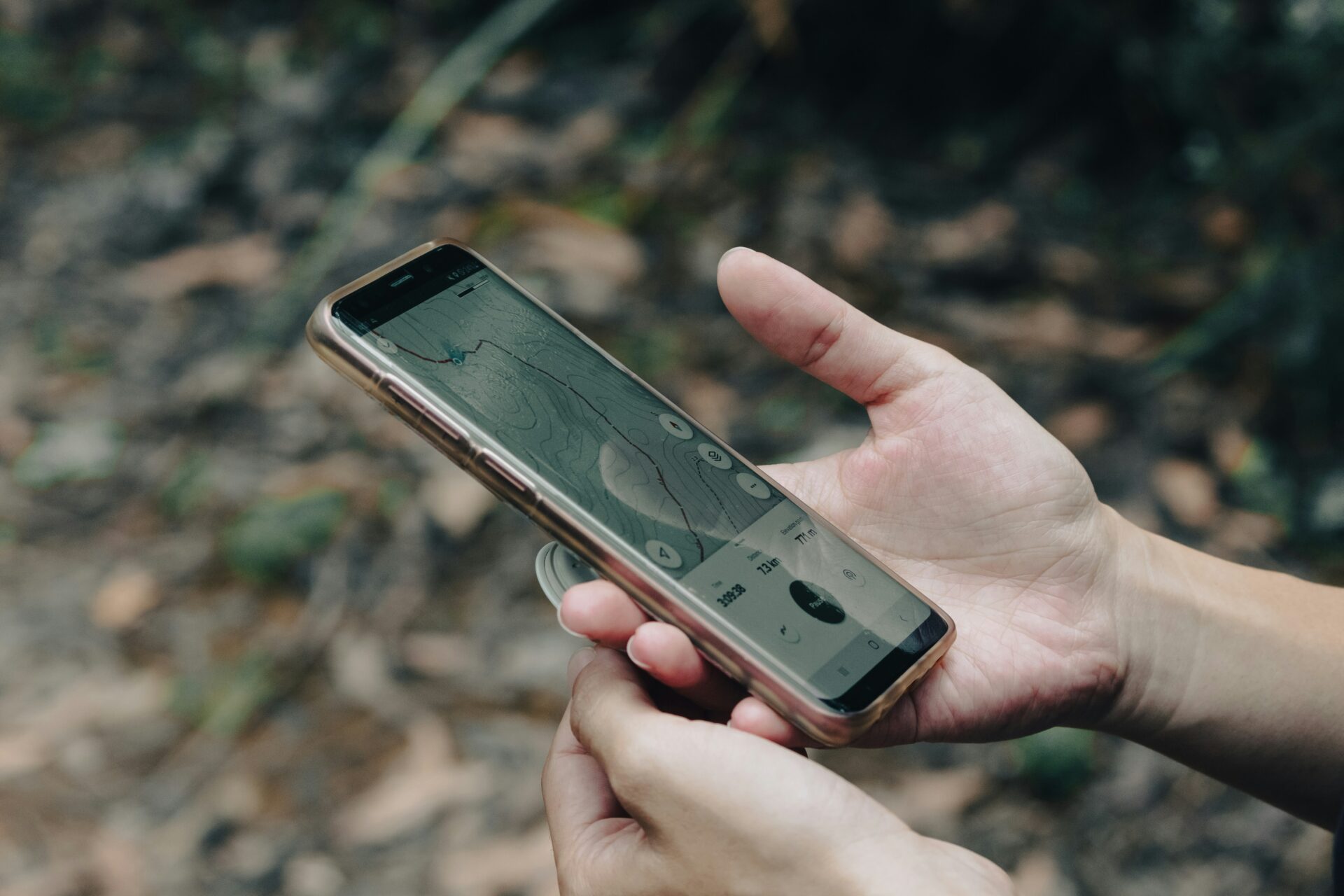
Staying Connected: Letters, Power, and Sensor Data
Staying in touch while traveling outside London feels pretty easy if you plan ahead. I always toss a UK power adapter in my bag to keep our phones and tablets charged.
Trains and stations usually have plug sockets, though you can’t count on finding one everywhere. If the kids want to send postcards or letters home, most towns have a post office or those classic red mailboxes.
Mailing out a quick note always feels like a fun little souvenir. Mobile data comes in handy for maps, booking tickets, or checking train schedules.
I stick with my UK SIM card, but honestly, a lot of stations and cafes offer free Wi-Fi too. Heading abroad? I’d say a backup battery pack is a must.
For weather updates, tracking locations, or counting steps, I just use my phone’s sensors. Who needs extra gadgets weighing you down?
That way, my family stays connected, powered up, and ready to share every adventure—even if it’s just a quick day trip out of the city.

